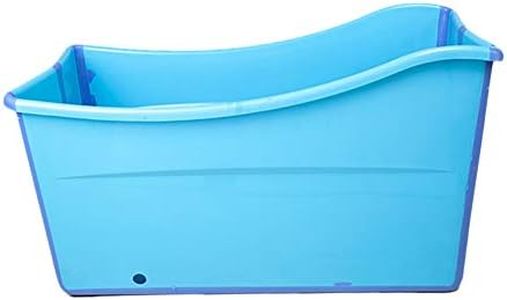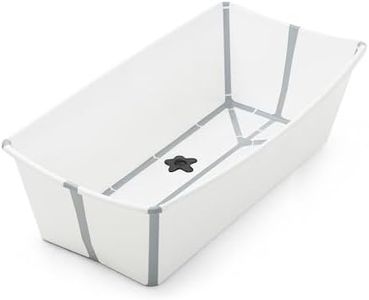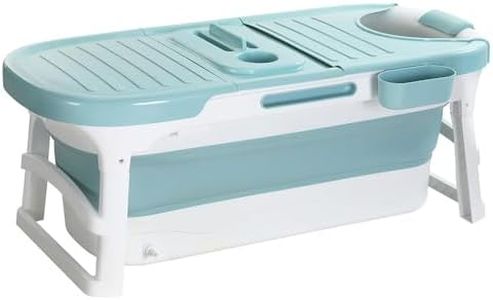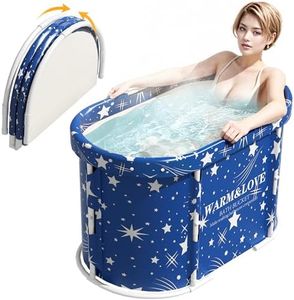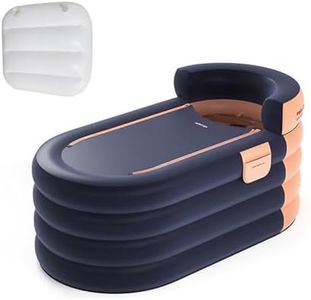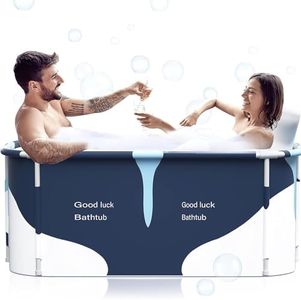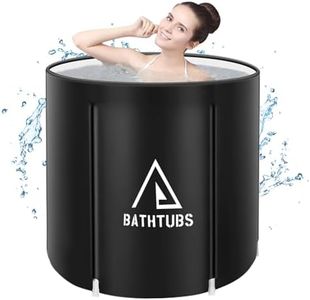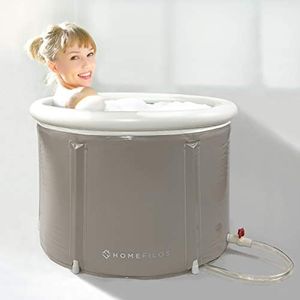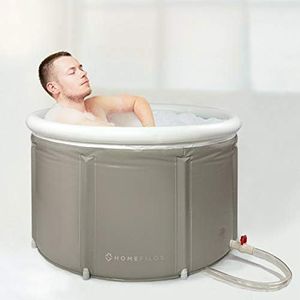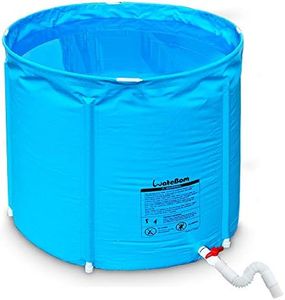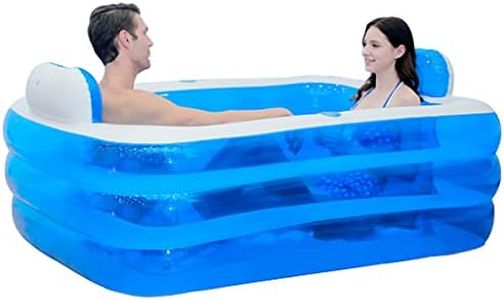We Use CookiesWe use cookies to enhance the security, performance,
functionality and for analytical and promotional activities. By continuing to browse this site you
are agreeing to our privacy policy
10 Best Bathtubs
From leading brands and best sellers available on the web.Buying Guide for the Best Bathtubs
Choosing the right bathtub can make a huge difference in your daily comfort and overall bathroom experience. The ideal tub for you will fit your available space, suit your style, and meet your specific usage needs—whether that’s quick nightly soaks, therapeutic relaxation, or even bathing children. Understanding the main features and how they relate to your preferences will help you identify the best match.MaterialThe material of a bathtub affects its durability, heat retention, weight, and ease of cleaning. Common options include acrylic, fiberglass, cast iron, and enamel-coated steel. Acrylic and fiberglass tend to be lightweight and warm up quickly, while cast iron is heavy but holds heat longer and is very durable. Enamel-coated steel is sturdy but may chip with impact and can cool down bathwater faster. If you want a tub that's easy to install and care for, consider lighter materials; if you value classic looks and heat retention, heavier materials may suit you. Think about what matters to you most—comfort, longevity, or maintenance—when choosing.
Size and ShapeBathtubs come in a variety of sizes and shapes to suit different bathroom layouts and user needs. Standard bathtubs typically run about 5 feet long, but there are also smaller or larger models, as well as rectangular, oval, corner, and even round designs. Those with limited bathroom space might prefer compact tubs, while spacious bathrooms can accommodate more luxurious, oversized models. When selecting a size and shape, consider who will use the tub (adults, kids, elderly), how much space you have, and whether you want to lie back, sit, or share the bath.
Installation TypeThis refers to how the bathtub is set up in your bathroom and includes types like alcove, freestanding, drop-in, and corner tubs. Alcove tubs are installed between three walls and are great for saving space, drop-in models are set into a platform, freestanding tubs stand alone and can be a statement piece, while corner tubs make the most of awkward bathroom layouts. Your choice will depend on your bathroom configuration and aesthetic preferences—for example, choose alcove for efficiency or freestanding for visual impact.
Depth and Soaking CapacityBathtub depth determines how much water the tub can hold and how much of your body will be submerged. Standard bathtubs offer less depth, while soaking or garden tubs are deeper, allowing for a more immersive experience. Those who want quick showers and standard baths might prefer regular depth, but if a long, relaxing soak is your goal, a deeper tub would be more satisfying. Make sure the depth matches your comfort level and physical abilities.
FeaturesSome bathtubs come with special features such as built-in armrests, lumbar support, jets for whirlpool or air baths, slip-resistant surfaces, and grab bars. These features can add comfort, safety, or therapeutic value to your bathing experience. To narrow down, consider who will use the tub—if mobility is an issue, safety features are key; for relaxation, massage jets or ergonomic design might matter more.
MaintenanceHow easy a bathtub is to clean and maintain depends on both its material and shape. Smooth surfaces like acrylic are generally easy to wipe down, while some jets or crevices in whirlpool tubs may require more attention. If you want low maintenance, opt for simple shapes and materials known for stain resistance. If you don’t mind extra cleaning for added luxury (like jets), more complex tubs may be for you.
